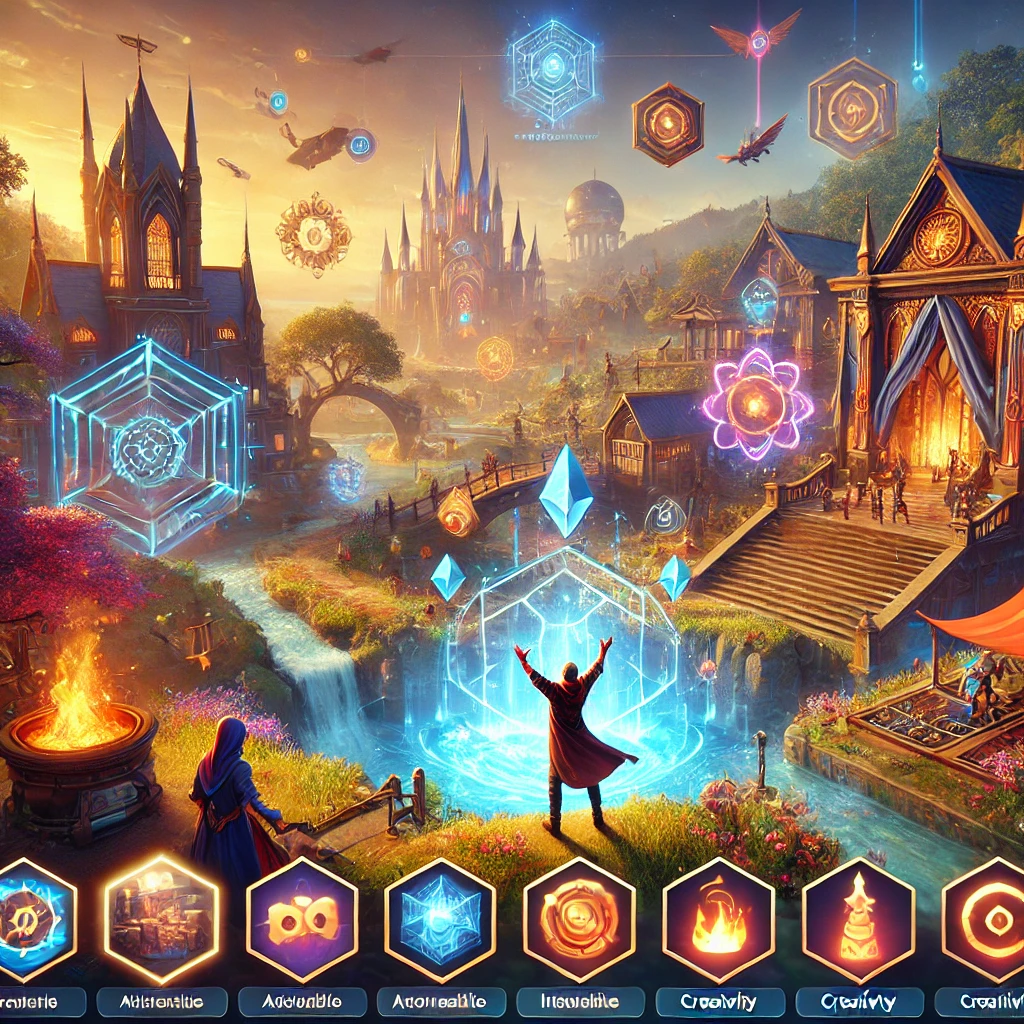Satisfying the Gamer's Psyche: How Achievability and Immersibility Enhance Player Retention
The study reveals that game design elements such as achievability and immersibility significantly enhance player satisfaction and engagement, while creatability's impact is less pronounced. These findings provide valuable insights for game developers to create more engaging and satisfying gaming experiences.

A study published in the International Journal of Information Management delves into how specific game design elements can enhance player satisfaction and engagement. Researchers Ching-I Teng, Tzu-Ling Huang, Guan-Ling Huang, Chieh-Ni Wu, T.C.E. Cheng, and Gen-Yih Liao from Chang Gung University in Taiwan conducted this investigation, aiming to bridge the gap in understanding how game design influences player satisfaction using Self-Determination Theory (SDT).
The Massive Impact of Online Gaming
Online gaming is a massive industry with over three billion players globally and a market value exceeding 26 billion dollars in 2023. The intense competition among game developers necessitates innovative design elements that maintain player engagement and satisfaction. Previous research leveraging SDT has primarily focused on in-game satisfaction, neglecting the role of game design in fulfilling players' psychological needs, such as competence, autonomy, and relatedness. This study proposes three novel game design elements: achievability, immersibility, and creatability. These elements were hypothesized to fulfill SDT's core needs, thus enhancing player satisfaction and continuous game usage. The researchers followed 546 participants who completed online surveys and allowed access to their game usage data.
Key Findings on Player Satisfaction
The findings indicate that game achievability and immersibility significantly satisfied players' competence and autonomy needs. Achievability relates to players' ability to reach goals and gain achievements within the game, while immersibility involves creating an immersive game environment that makes players feel part of the game world. Both elements were found to boost players' competence satisfaction and autonomy satisfaction, securing their continued engagement. In contrast, game creatability, which allows players to use their creativity to craft unique in-game items or characters, did not significantly impact competence or autonomy satisfaction. The researchers suggest that while creatability enables creative expression, it may also distract from gameplay focus and fail to meet players' high expectations for creative options. Additionally, the study found that competence and autonomy satisfaction were crucial for ongoing game usage, but relatedness satisfaction (the feeling of connection with other players) did not significantly predict game continuance. This finding suggests that while social interactions are important, they may not be the primary drivers of sustained gameplay.
Practical Insights for Game Developers
The study's insights are valuable for game developers seeking to enhance player engagement. By focusing on achievability and immersibility, developers can create games that satisfy players' core psychological needs, encouraging longer and more frequent gameplay. The findings also highlight the potential pitfalls of overly complex creative features, which might not always translate into player satisfaction. The study employed a two-wave design, collecting data from an initial survey and subsequent game usage records. This approach ensured a robust analysis of how design elements impact player behavior over time. The replication studies, both quantitative and qualitative, confirmed the initial findings, enhancing the study's reliability.
Filling the Research Gap in Game Design
Online games fulfill many human needs, explaining why more than three billion people around the world play them. For instance, DOTA 2, a strategy game, boasts millions of active players every month. Online games have created a market projected to reach more than 26 billion USD in 2023. More than 10,000 new games were released on a single platform in a single year. This intense competition shows the importance of sustaining players’ behavioral engagement, e.g., game continuance and usage. To best achieve this, games should be designed to comprehensively satisfy players’ needs, which have been theoretically characterized by the well-known self-determination theory (SDT). Past online game research that has applied SDT has found that in-game need satisfaction elevates gameplay. Regarding players’ comprehensive need satisfaction, frequent interaction with the game content is associated with both autonomy satisfaction and relatedness satisfaction. All satisfaction types strengthen the intention to play. However, past online game research using SDT has generally ignored the game design elements that comprehensively satisfy players’ needs, thus resulting in a research gap. Focusing on game design elements is a reasonable approach as they may offer players satisfying gaming experiences and can be adjusted by game providers. Previous gamification research has identified design elements, including trophies, the quantified self, badges, rewards, points, and levels. However, such research has not examined the game design elements that can comprehensively satisfy players’ needs, particularly those needs theorized by SDT. Conducting research to fill this gap is important both academically and practically.
Academically, such research can extend SDT backward to the design elements. These newly examined elements can then be applied to research this theory in other contexts, thus increasing the impact of game research that applies the theory. Moreover, investigating the effects of need satisfaction can test and may shift our theoretical understanding that all satisfaction elements can effectively escalate behavior engagement. Practically, new design elements offer novel insights for game providers to comprehensively satisfy players, thus securing players’ behavioral engagement and establishing game providers’ competitive advantage. Furthermore, investigating the effects of need satisfaction can guide game providers to focus investment on game elements that bolster satisfaction, rather than diluting their resources across all satisfaction elements, including those that may not be as effective.
The study extends the application of SDT in game design, providing a theoretical framework and practical guidelines for creating engaging online games. By emphasizing elements that satisfy core psychological needs, game developers can better cater to players' motivations, ensuring sustained engagement in an increasingly competitive market.
- FIRST PUBLISHED IN:
- Devdiscourse










